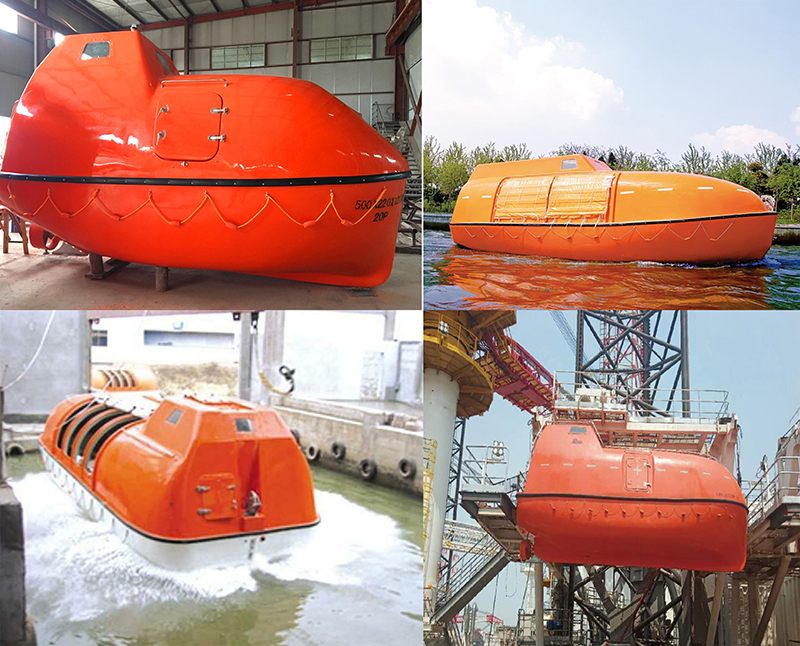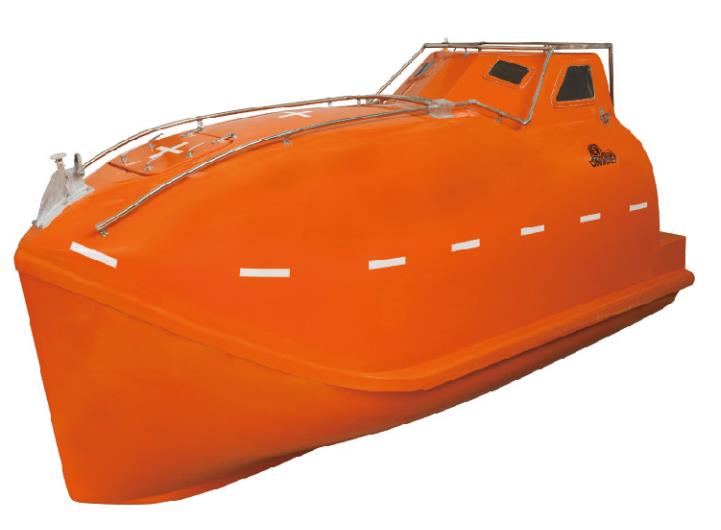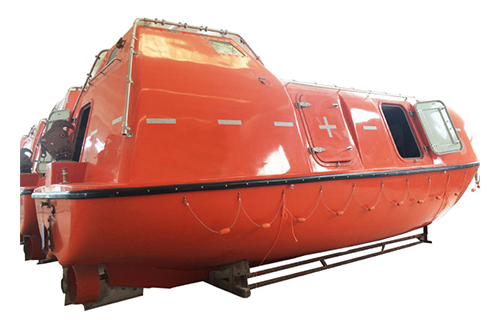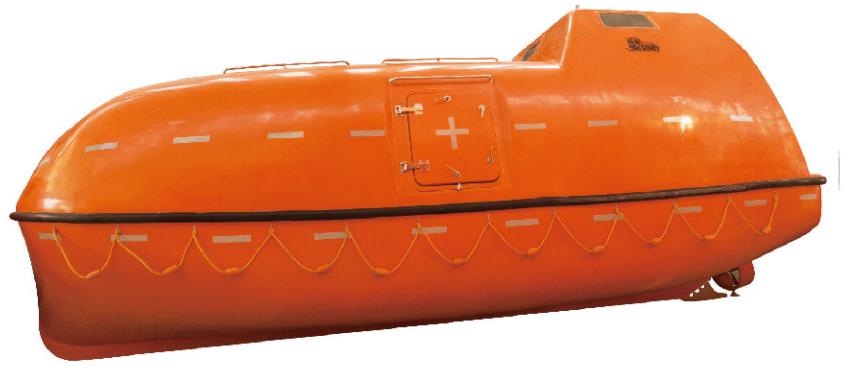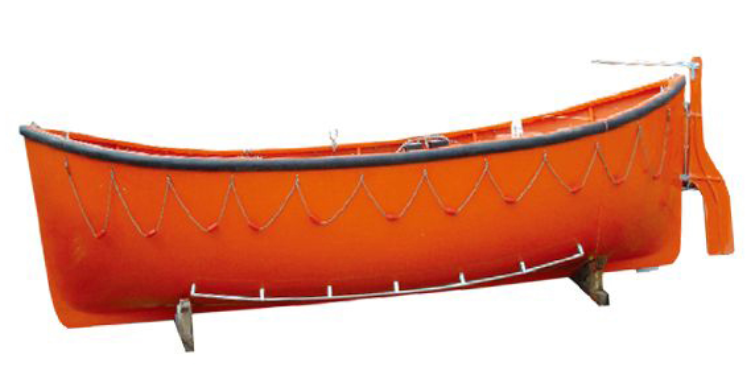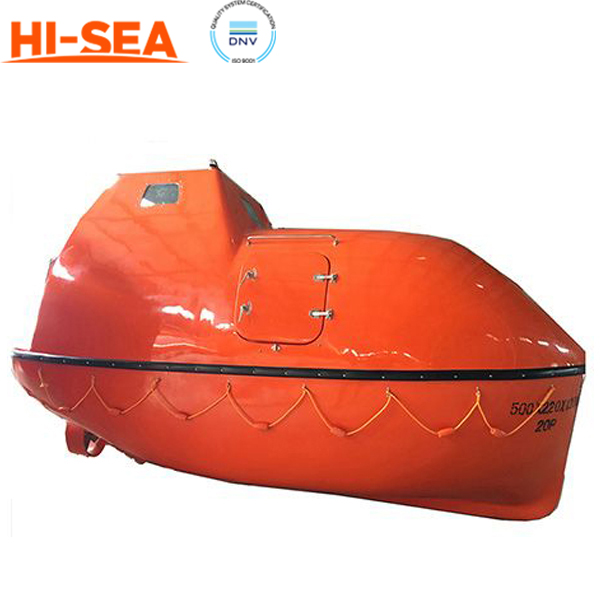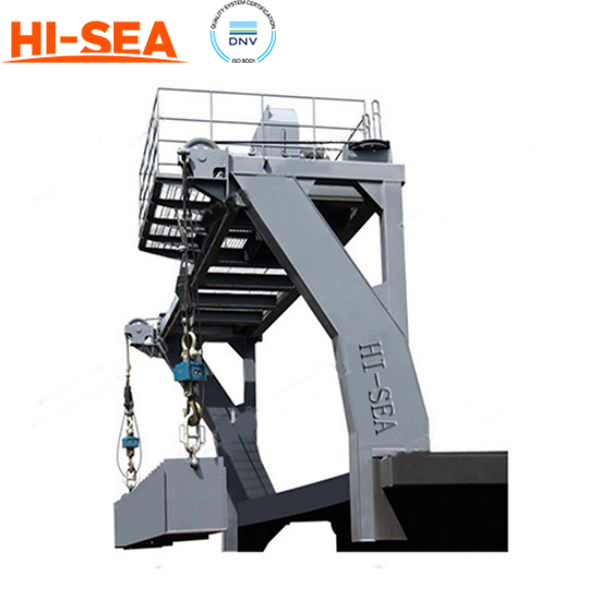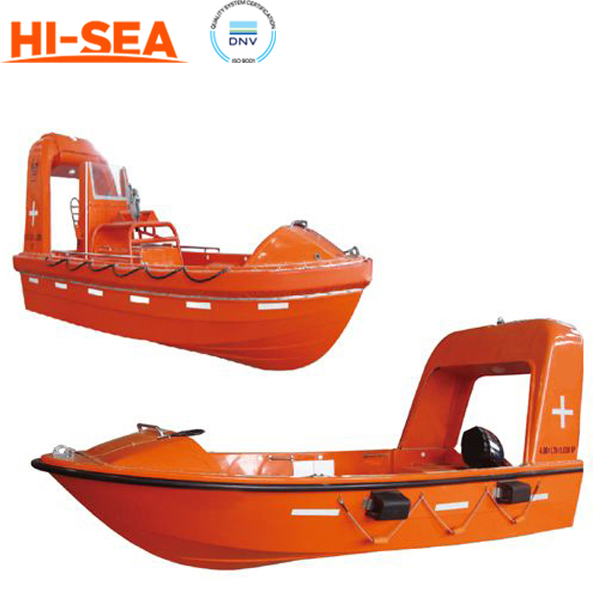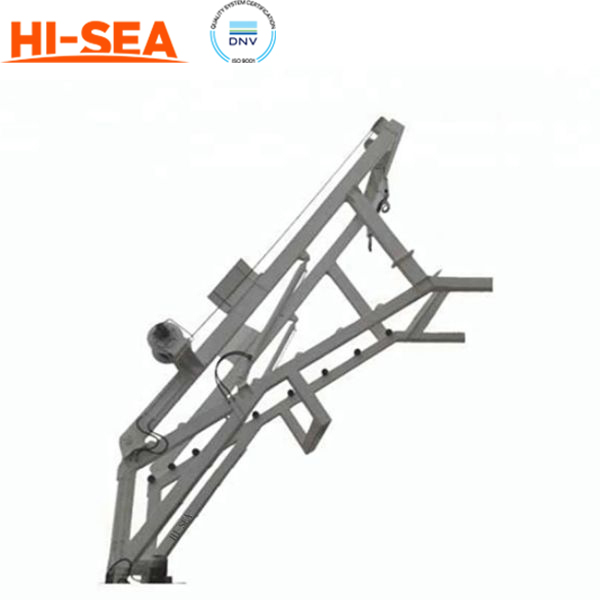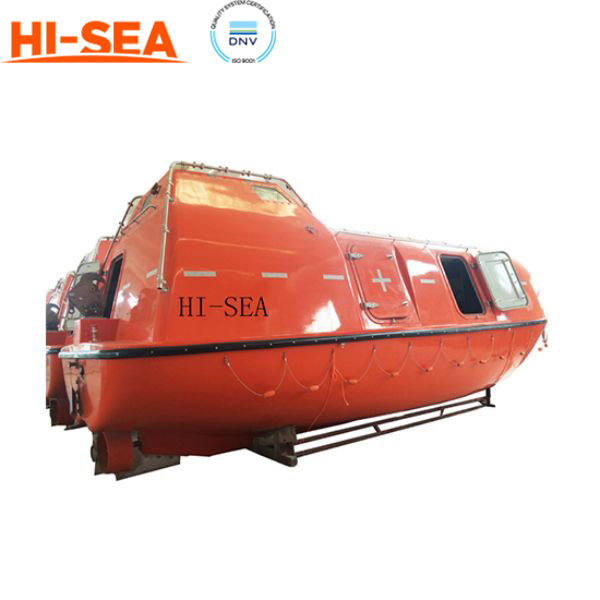MARINE & OFFSHORE EQUIPMENT
- Dredging Equipment
- Marine Deck Machinery
-
Marine Mooring Equipment
-
Marine Anchor
- AC-14 HHP Anchor
- Admiralty Anchor
- Beldt Stockless Anchor
- Bruce Anchor
- Spek Anchor
- Danforth HHP Anchor
- Delta High Holding Power Anchor
- GB11579-89 Light Weight Anchor
- Hall Anchor
- High Holding Power Mastrosov Anchor
- Hot Dip Galvanized Anchor
- Japan Stock Anchor
- JIS Stockless Anchor
- Pool Anchor
- Single Fluke Anchor
- Stainless Steel Anchor
- Stevpris MK5 Anchor
- Stingray Anchor
- US Navy Stockless Anchor
-
Marine Anchor Chain
-
Marine Shackle
- Kenter Shackle
- D Type Joining Shackle
- Pear Shaped Shackle
- Anchor Swivel Shackle Type A
- Anchor Swivel Shackle Type B
- Buoy Shackle Type A
- Buoy Shackle Type B
- C Type Detachable Connecting Link
- D Shackle
- Forelock Shackle
- Anchor Chain Swivel Group
- Straight Shackle
- Anchor Shackle
- Marine Triangle Plate
- Anchor Chain Swivel
- Anchor Chain Joining Shackle
- Anchor Chain End Shackle
- Slim Kenter Shackle
-
Chain Chaser
-
Marine Bollard
-
Marine Chock
-
Marine Fairlead
-
Marine Chain Stopper
-
Marine Mooring Reel
-
Marine Towing Bracket
-
Mooring Rope
-
Marine Towing Hook
-
Marine Shark Jaw
- Marine Fender
-
Marine Buoy
- Marine Floating Pontoon Dock
-
Marine Anchor
- Aquaculture Equipment
- Marine Outfitting Equipment
- Marine Propulsion System
-
Marine Painting
-
Marine Auxiliary Machinery
- Marine Air Compressor
- Marine Air Receiver
- Marine Sewage Treatment Plant
-
Marine Diesel Generator Set
- Marine Oil Water Separator
- Ballast Water Management System
- Marine Hydrophore
- Marine Calorifier
- Seawater Desalination Plant
-
Marine Oil Separator
- Marine Fuel Oil Supply Unit
- Marine Heat Exchanger
-
Marine Hot Well Unit
-
Marine Incinerator
-
Marine Boiler
-
Marine Valve
- JIS Marine Valve
- DIN Marine Valve
- ANSI Marine Valve
- GB Marine Valve
- CB Marine Valve
- CBM Marine Valve
-
Marine Gate Valve
-
Marine Globe Valve
-
Marine Angle Globe Valve
-
Marine SDNR Valve
-
Marine Angle SDNR Valve
-
Marine Check Valve
-
Marine Storm Valve
-
Marine Butterfly Valve
-
Marine Quick Closing Valve
-
Marine Fire Valve
-
Marine Self Closing Valve
- Marine Valve Accessories
-
Marine Pump
- Marine Centrifugal Pump
- Marine Screw Pump
-
Marine Gear Pump
-
Marine Vortex Pump
-
Marine Ejector Pump
-
Marine Diaphragm Pump
-
Marine Piston Pump
-
Marine Fire Pump
-
Marine Emergency Fire Pump
-
Marine External Fire Pump
-
Marine Ballast Water Pump
-
Marine Fuel Pump
-
Marine Lubricating Oil Pump
-
Marine Bilge Pump
-
Marine Sewage Pump
-
Marine Domestic Water Pump
-
Marine General Pump
-
Marine Cargo Oil Pump
-
Marine Hand Pump
- Marine Pump Parts
- Marine Life-saving Equipment
- Fire-fighting Equipment
- Marine Cable
- Marine Electrical Equipment
- Marine HVAC
-
Labour Protection Appliance
- Marine Decorative Material
-
Marine Anode
- Marine Pipe Fitting & Flange
- Marine Instrument
- Ship Building Equipment
INDUSTRY EQUIPMENT
- Hoisting Equipment
- Welding Machine & Material
-
Cutting Machine
- Container Securing Fitting
- Link Chain
- Container & Storage Equipment
-
Diesel Generator Set
- Other Equipment and Tools
- Petrochemical Equipment
- Fiber Reinforced Plastics
- Polymer Materials
- Environmental Protection Series
- Geo-products and Building Materials
- Metal Mesh
- Steel Grating
-
Earthwork Teeth
-
Turnbuckle
STOCK LIST
Contacts
 Tel:+86-23-67956606
Tel:+86-23-67956606
 FAX:+86-23-67956622
FAX:+86-23-67956622
 Email:manager@cqhisea.com
Email:manager@cqhisea.com
Working Time: 9:00--17:00
Working Day: Monday to Friday Website: www.cqhisea.com

Life Boat
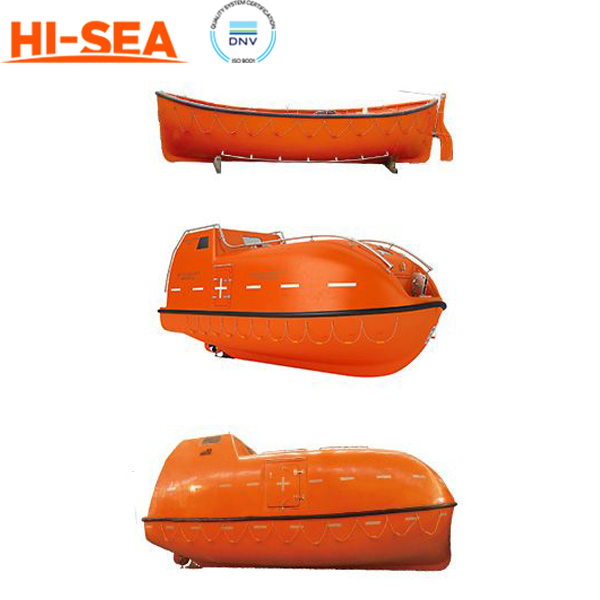
Life Boat
Description:
A lifeboat is a specialized watercraft designed to provide a means of evacuation and survival for individuals in emergency situations at sea. It is typically used on ships, offshore installations, and other maritime vessels. Lifeboats are designed to be highly buoyant, self-righting, and capable of withstanding harsh sea conditions.
The construction of a lifeboat typically involves a robust hull made of durable materials such as steel or fiberglass reinforced plastic (FRP). The hull is designed to be watertight, ensuring that the lifeboat remains afloat even in challenging conditions. The shape and design of the hull may vary depending on the specific type and purpose of the lifeboat.
Lifeboats are equipped with various safety features to ensure the well-being of the occupants. These features may include buoyancy compartments, self-bailing systems to remove water from the deck, handholds and grab rails for stability, and seating arrangements that provide secure and comfortable seating for occupants. Lifeboats may also have watertight compartments to protect essential equipment and supplies.
In terms of propulsion, lifeboats can be either motorized or powered by oars. Motorized lifeboats are equipped with engines and propellers for efficient propulsion, allowing them to quickly reach safety or rescue locations. Oar-powered lifeboats rely on human power and are generally used as secondary means of propulsion or backup in case of engine failure.
Lifeboats are an essential component of a vessel's emergency response capabilities and contribute to the overall safety of maritime operations.
Application:
A lifeboat is designed to be used in emergency situations to evacuate people from a larger vessel in distress, such as a ship or offshore platform.
Lifeboats are an important safety feature on ships and other marine vessels as they provide a means of escape and survival in the event of an emergency, such as a sinking ship, fire, or severe storm.
They are typically equipped with oars or motors for propulsion and are designed to be self-righting if capsized. Lifeboats are often stored on board larger ships and are launched when needed to ensure the safety of the crew and passengers.
Characteristic:
1.Self-Bailing Systems
2.Buoyancy and Stability
3.Self-Righting Capability
4.Seating and Restraint Systems
5.It is often made of fiberglass reinforced plastic (FRP)
Standard & authentication:
Standard: The latest SOLAS regulation; International lifesaving appliances rules (LSA);IMO regulation
Certification: CCS, BV, LR, DNV GL, ABS, and others
Product Showcase:
|
Life Boat |
|||
|
|
|
|
|
Maintenance and inspection procedures:
1. Routine Inspections: Conduct routine inspections of the lifeboat and its components to check for any signs of damage, corrosion, or wear. Inspect the hull, fittings, buoyancy compartments, seating, restraints, and other safety equipment. Look for any leaks, cracks, loose fastenings, or signs of deterioration.
2. Launching and Retrieval System: Inspect the launching and retrieval system, including davits, falls, hooks, winches, and other components. Ensure that all mechanical parts are functioning correctly, properly lubricated, and free from corrosion. Test the release mechanisms and verify the operation of the launching and retrieval system.
3. Engine and Propulsion System: If the lifeboat is equipped with an engine and propulsion system, inspect and maintain these components according to the manufacturer's instructions. Check the fuel system, electrical connections, controls, and engine performance. Ensure that the propulsion system is in good working condition.
4. Emergency Equipment: Inspect and maintain the emergency equipment stored in the lifeboat, such as life jackets, lifebuoys, distress signals, first aid kits, and emergency rations. Ensure that they are in proper working order, properly stored, and within their expiry dates.
5. Buoyancy and Stability: Regularly inspect the buoyancy compartments, buoyancy materials, and stability features of the lifeboat. Ensure that they are intact, not damaged or compromised, and capable of providing the required buoyancy and stability.
6. Integrity of Seals and Gaskets: Check the integrity of seals and gaskets on the lifeboat's watertight compartments, canopy or enclosure (if applicable). Ensure that they are in good condition, free from damage, and capable of providing watertight and airtight integrity.
7. Testing and Certification: Carry out periodic tests and inspections as required by regulations and classification societies. This may include load tests, drop tests, self-righting tests, and other specific tests to assess the functionality and compliance of the lifeboat. Ensure that the lifeboat and its launching system are certified and meet the required standards.
8. Documentation: Maintain proper documentation of maintenance and inspection activities, including records of inspections, repairs, tests, and certifications. Keep a record of any repairs or replacements performed on the lifeboat and its components.
Photo of life boat:
